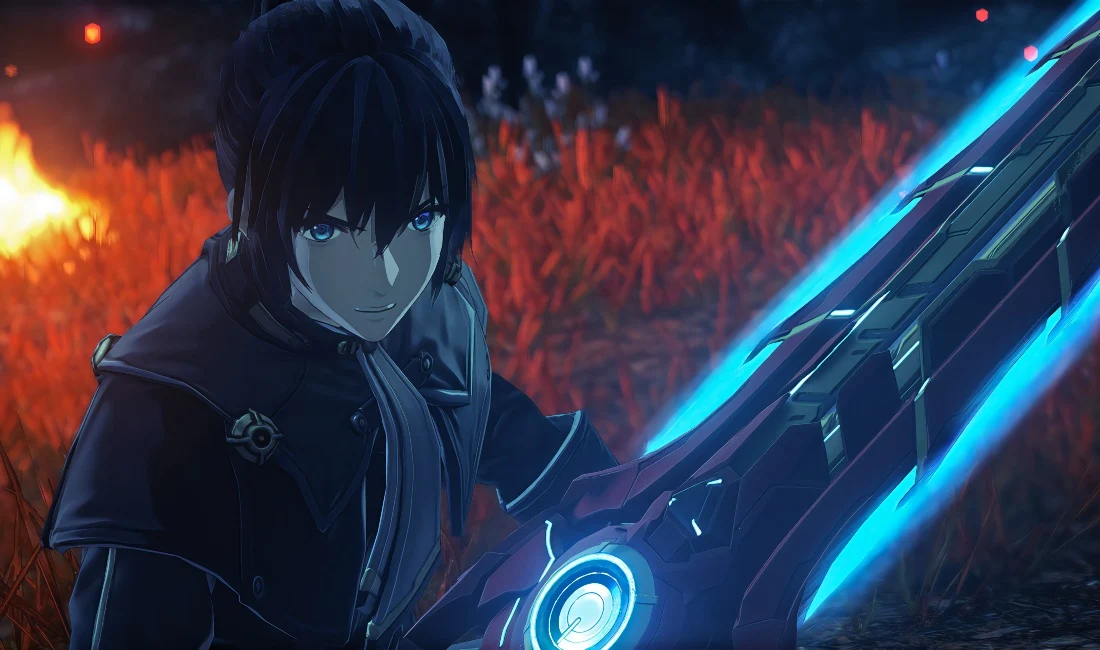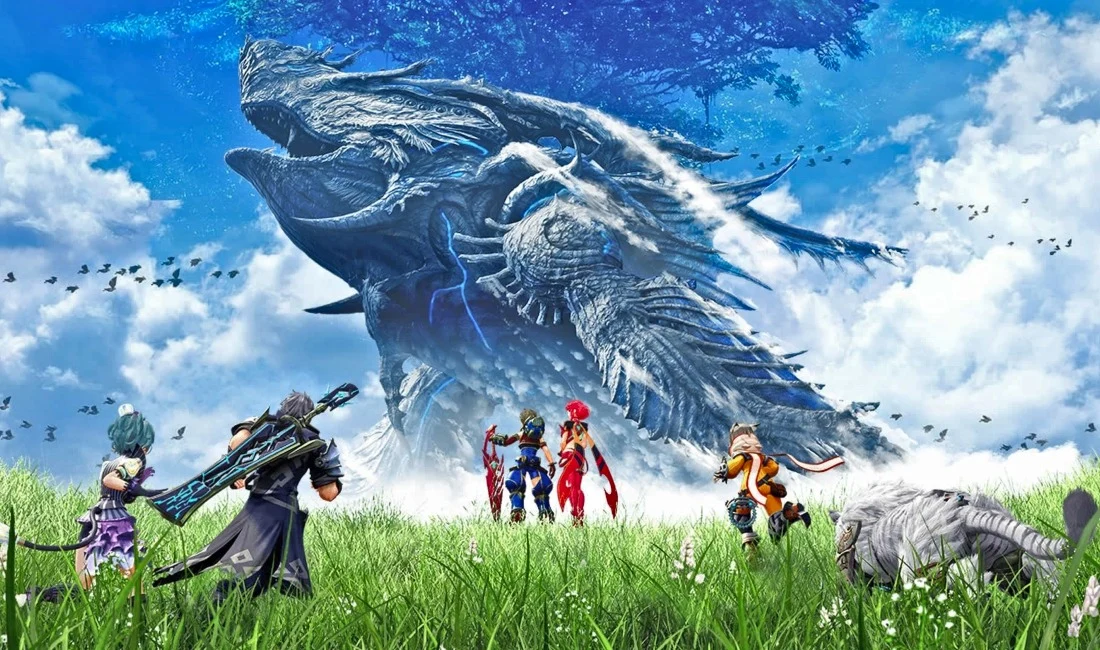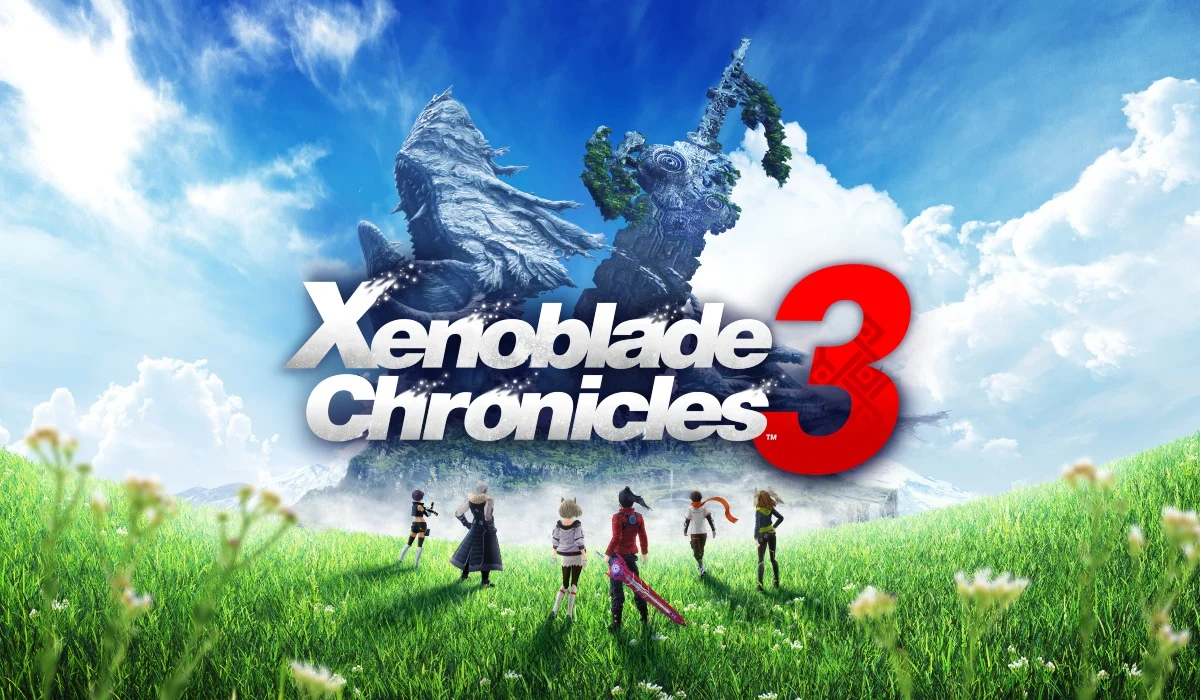Xenoblade Chronicles 3 takes the franchise’s already ridiculous settings and storylines to new heights—or depths, depending on how you feel about the latter. That foundation has been refined, and some of the best bits added to, in this latest installment. The fighting, mission layout, and RPG sandbox elements have all been honed and expanded upon. But so have some of the earlier franchises’ flaws. You’ll still find characters and visuals that don’t quite live up to your expectations. Yet that doesn’t make the game weak, it’s still the best of its predecessors.
Xenoblade Chronicles 3’s offbeat premise sets the stage for a 100-hour adventure through a universe that’s as captivating as it is big. You’ll find moments to enjoy, and a bold concept that gives its fans an emotional payoff. Aionios—the fictional country at the heart of the game—is where Keves and Agnus are constantly at war over resources. Those resources can be the difference between life and death. When soldiers fall, their life force is channeled into the Ferronis—a massive mech that serves as the enemy’s command post. To win, one side has to preserve the life power of its dead troops.

It’s all Aionios people are trained for. They are given extensive training at a young age and must serve 10 years of tenure in the armed forces. If they are capable of completing the term, the queen whisks them away in a light cloud. On the other hand, the majority of troops can make it past their 10-year mark. Therein lies a key role for our main character, Noah. To honor fallen warriors, Off-Seer Flutists like Noah play their flutes. The narrative has no prerequisites, so it’s free to anyone who hasn’t experienced a Xenoblade RPG previously. The Xenoblade Chronicles series is referenced, although it isn’t necessary to consider any old edition. It is an excellent pleasure for gamers who are part of this franchise from the earlier titles.
Aside from some great storytelling and world-building, the game lacks writing style as the characters repeat the same points and concepts to get the game’s message across. While the topics and characters are usually interesting, they’re rarely presented in a polished way. One sentence can do the same thing that’s spread out over three cutscenes in the game. And don’t even get me started on the cliches. It’s compounded by some serious pacing issues, like one segment where you’re stuck underground doing menial tasks or another where you have to traverse a huge chunk of the world to get metal parts.
Despite being full of possibilities, the frantic pace of Xenoblade’s combat can obscure a lot of the good stuff. Choosing the right pace and numbers can make Xenoblade Chronicles 3’s fighting enjoyable. Or you can play it casually; there’s Easy mode and the ability to auto-battle with all characters until the boss, so to relax and let your team progress through the story.

Regardless of how deep you go into mechanics or how calmly you see, Xenoblade Chronicles 3 is a fun game that includes exploration and discovery. Many JRPGs have this quality, with immediacy to the story that comes from the six protagonists and the repeating elements of the Xenoblade saga. When it comes to Xenoblade Chronicles 3, you’ll need to break the pendulum clocks of the countless Agnus and Keves settlements you’ll encounter on this journey.
No game is without surprises, and Xenoblade Chronicles 3 doesn’t disappoint in that regard. I won’t go into details but I can tell you that many are good and new, and some are so familiar it’s hard to enjoy them. How it ties up loose ends from the original Xenoblade Chronicles and the sequel is what makes the story stand out. This is a game for new players and old series fans alike. That wildness that connects XC is one of my favorite things about the series, and it’s even more abundant in this one. You can’t help but be amazed by Aionos, a vast array of unimaginable places with out of this world scenery.
Xenoblade Chronicles 3 is a great JRPG with great scenes, a fantastic environment, and addictive strategic gameplay that’s still fun even after 100-150 hours of playtime. You can switch classes at will, and the new Interlink Ouroburos mechanics keep the battles fresh throughout the game. The story is fun to read all the way through, although it’s a bit bloated and has some meandering parts. This game has been a long time coming and the developers have worked hard for it. The story and combat more than make up for whatever flaws in the dialogue department it may have.

